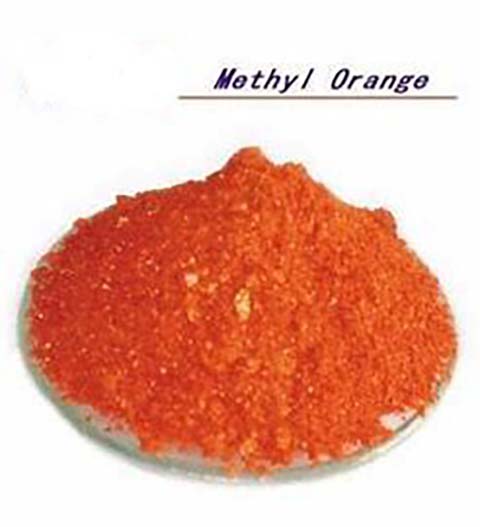Active Pharmaceutical Ingredients (API), popularly speaking, are the raw materials of medicines, only pharmaceutical raw materials are processed into pharmaceutical preparations , can they become medicines available for clinical use, so drugs we usually eat are the finished drugs through processing. Active Pharmaceutical Ingredients based on its sources can be divided into two major categories ,including chemical synthetic drugs and natural chemical drugs. Chemical synthetic drugs can be divided into organic synthetic drugs and inorganic synthetic drugs. Inorganic synthetic drugs are inorganic compounds ( very few is element), such as aluminum hydroxide, magnesium trisilicate which are used for the treatment of gastric and duodenal ulcers ; organic synthetic drugs are mainly composed of drugs made by basic organic chemical raw materials, through a series of organic chemical reactions (such as aspirin, chloramphenicol, caffeine, etc.). Natural chemical drugs ,based on its sources,can be divided into two categories including biochemical drugs and plant chemical drugs. Antibiotics are generally made by the microbial fermentation, which belongs to the biochemistry category. A variety of semi-synthetic antibiotics occurs in recent years,which are biosynthesis and chemical synthesis combining products.Among active Pharmaceutical Ingredients, the organic synthetic drugs varieties, yields and values have the largest proportion,which are the main pillars of the chemical and pharmaceutical industries. The quality of active Pharmaceutical Ingredients decides whether the formulation is good or bad , so its quality standards are very strict ,countries in the world have developed national pharmacopoeia standards and strict quality control methods for its widely used active Pharmaceutical ingredients.
Mechanism of action of Ritonavir
Ritonavir is a peptidomimetic inhibitor of HIV-1 and HIV-2 proteases. It is marketed by Abbott Laboratories under the brand name Norvir.
Apr 1,2022 APIUses and toxicity of Saquinavir
Saquinavir, a synthetic peptidomimetic analog that inhibits HIV protease, was developed using computer-led rational design technology and was the first commercially available antiretroviral protease i
Apr 1,2022 APISide effects of Amodiaquine
Amodiaquine is a 4-aminoquinoline which has been used widely since the early 1950s to treat and prevent Plasmodium falciparum malaria. Although a 7-chloro-4-amino congener of chloroquine, it often rem
Apr 1,2022 APIToxicity of action of Chloroquine
The molecular formula of chloroquine is C18H26ClN3 and its molecular weight is 320. Chloroquine (Aralen) is formulated as tablets containing 100 or 155 mg of chloroquine base as the hydrochloride, pho
Apr 1,2022 APIUses of aureobasidin A
Analogs of khafrefungin were designed and synthesized but none had increased potency and most had lost antifungal activity. Rustmicin is a macrolide antifungal produced by Micromonospora chalcea and S
Apr 1,2022 APIThe synthesis of methyl orange
Methyl orange is an organic substance with the chemical formula of C14H14N3SO3Na, which is often used as an acid-base indicator.
Mar 31,2022 APIMechanism of action of Nikkomycin Z
Nikkomycin Z is an experimental compound with antifungal properties. Like all nikkomycins, it consists of a pyrimidine nucleoside linked to a short peptide moiety. There are more than 14 naturally occ
Mar 31,2022 APIMechanism and Toxicity of Haloprogin
Haloprogin (3-iodo-2-propynyl 2,4,5-trichlorophenyl ether; Halotex cream) has been used as a topical agent for the treatment of dermatophyte infections. Haloprogin was synthesized in 1963 by Seki as o
Mar 31,2022 APIMechanism of action of Griseofulvin
Griseofulvin (MW 352.5 daltons) is a metabolite of Penicillium griseofulvum and P. janczewskii that disrupts the fungal mitotic spindle and inhibits cell wall synthesis. The structure is shown below.
Mar 31,2022 APIMechanism and Side-effects of Flucytosine
Flucytosine (Ancotil, Ancobon) is a fluorinated pyrimidine analog that is primarily used in combination with amphotericin B or fluconazole for the treatment of invasive yeast infections. Rapid emergen
Mar 31,2022 API












